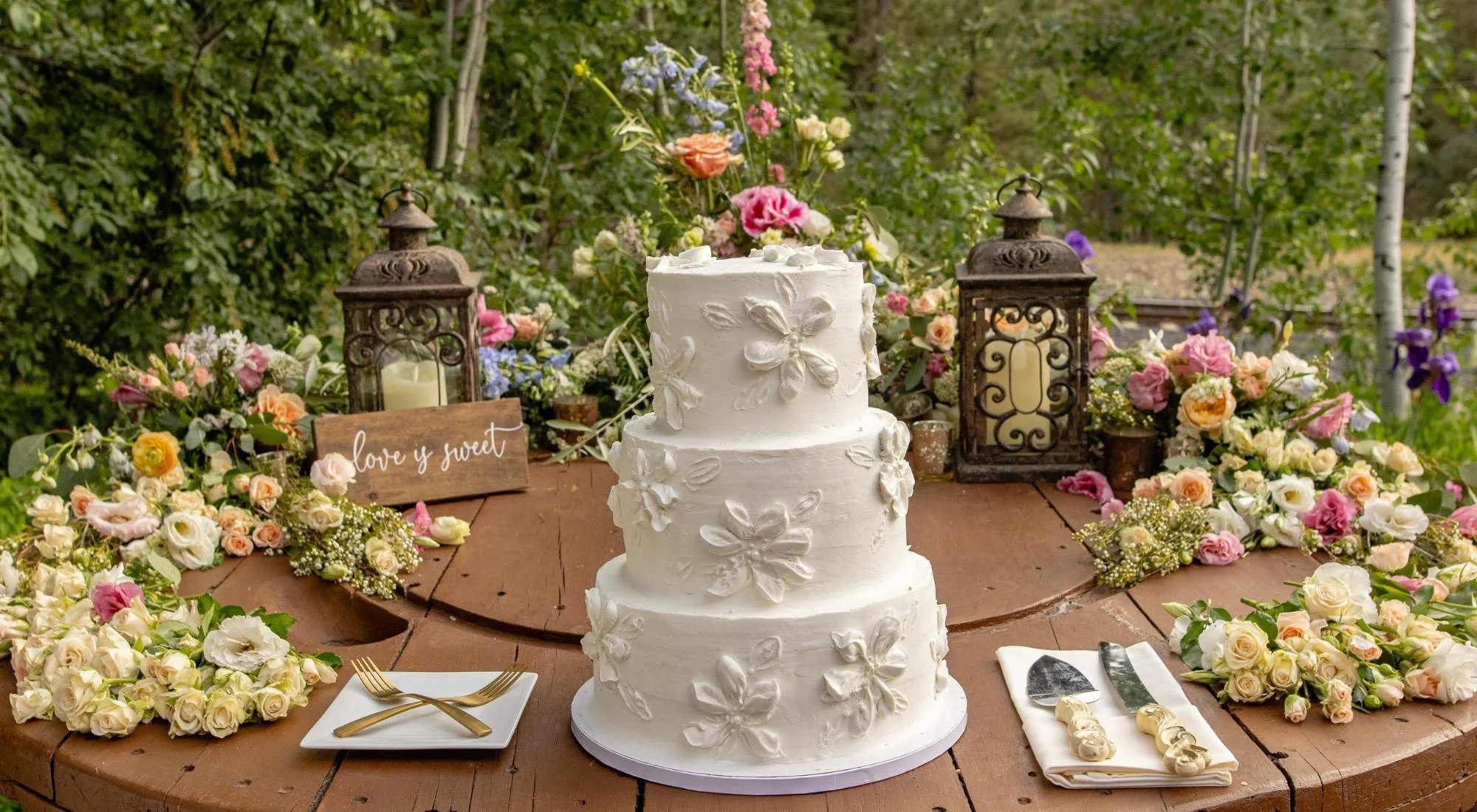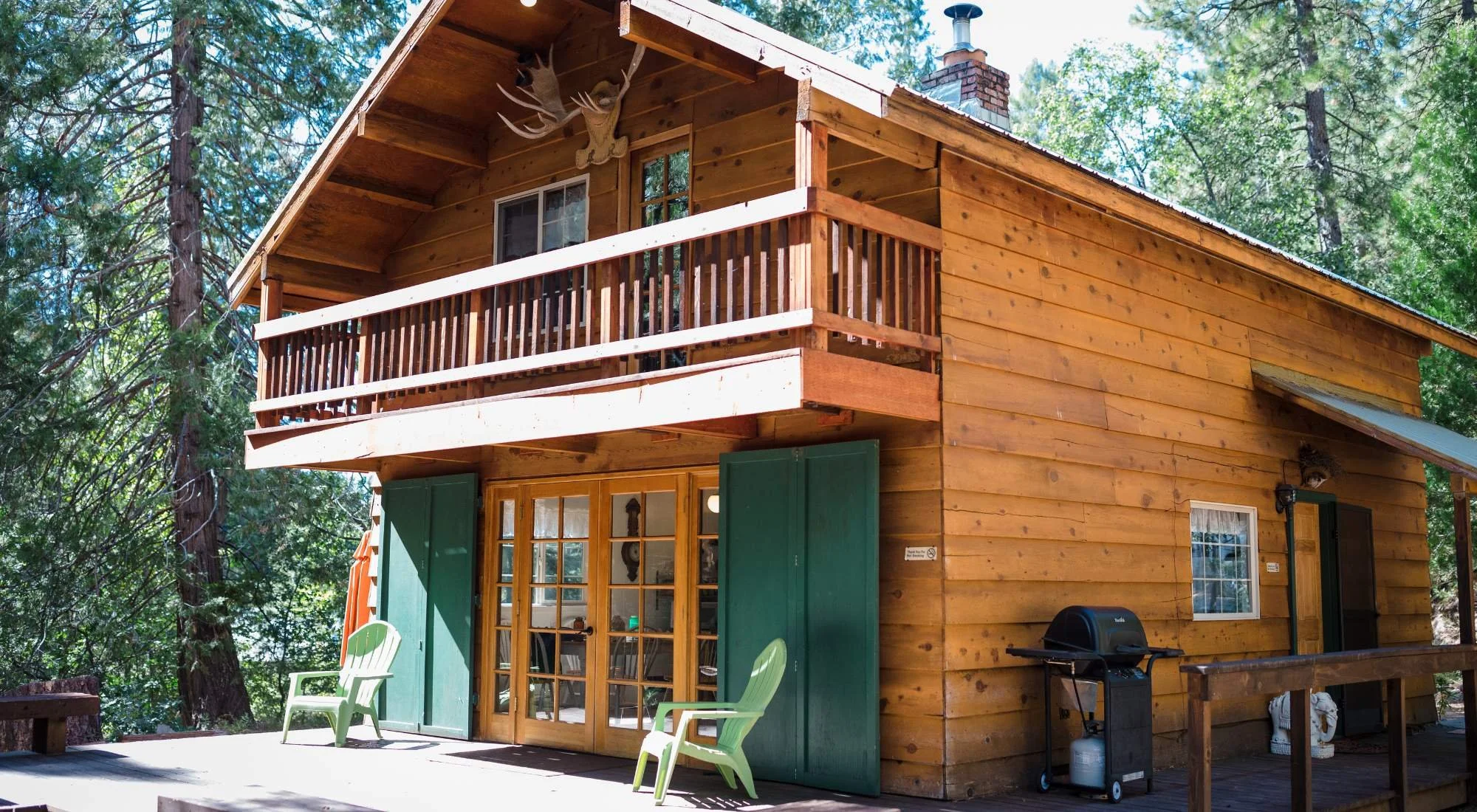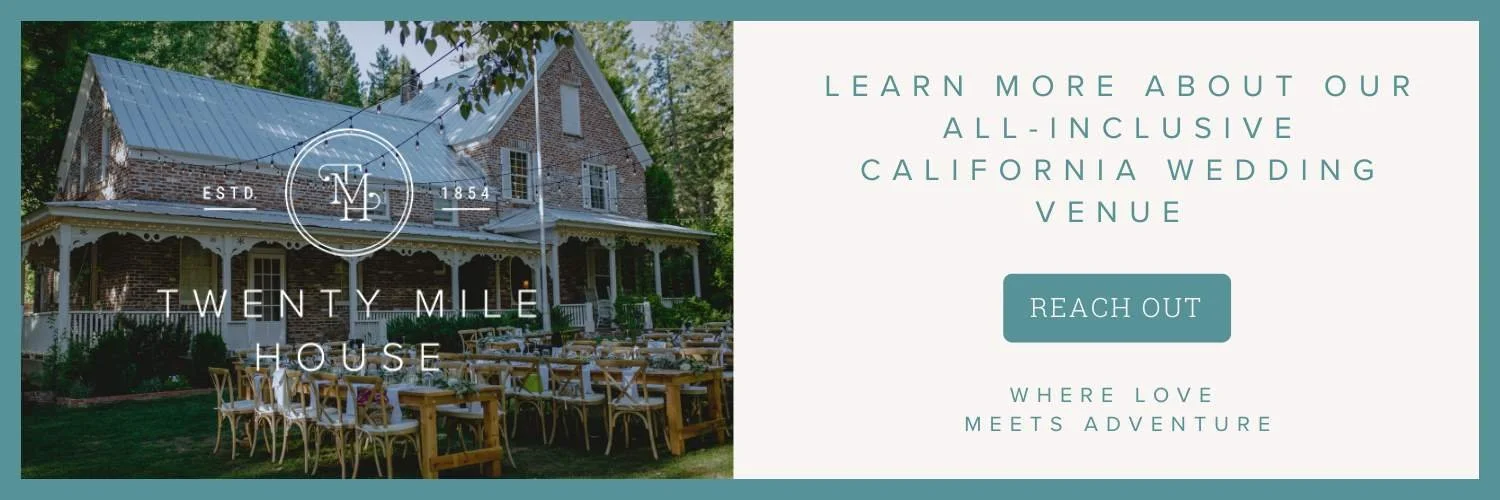Perfect Timing: When To Send Save the Dates and Invitations for a Destination Wedding
Planning a destination wedding is a dream come true, but it also comes with a few extra details to manage. If you're tying the knot in a unique setting, timing is everything when it comes to sending your save the dates and wedding invitations.
We know you want your guests to be just as excited as you are to escape to a beautiful, once-in-a-lifetime location. By sending your announcements at just the right moment, you’ll give everyone the time they need to make travel arrangements, book accommodations, and prepare to fully enjoy the experience with you.
In this guide, we’ll walk you through exactly when to send your save the dates and formal invitations for a destination wedding, what to include on each, and how our all-inclusive Northern California venue can take the guesswork — and the stress — out of the planning process.
Table of Contents
When To Send Save the Dates for Destination Weddings: Why the Timing Matters
Timing is essential for the planning of any big event, but there are a couple of reasons you may want to let your destination wedding guests know the details sooner rather than later. Unlike a hometown celebration, a destination wedding is a getaway experience, often requiring guests to plan time off work, book travel and accommodations, and coordinate other logistics.
By sending out your save-the-date cards early, you’re not only being courteous, you’re helping your loved ones enjoy every moment of your big day without stress. Guests will appreciate having time to fully prepare for the adventure ahead — especially if you’re planning a destination wedding in California and your venue is as special as Twenty Mile House, nestled in the forest with onsite lodging and nature all around.
Giving Guests Time To Plan Travel and Budget
Many couples like to send their save the dates as soon as they choose a destination venue. This gives their guests ample time to plan and also allows the couple to send a second round of announcements if needed. For example, if they find out that 20 of their expected guests can’t attend, they can add others to the list.
Because guests are usually responsible for paying for their own travel and accommodations during a destination wedding, this event is more of an investment. They may need more time not only to plan but also to save money for funding.
Guests should expect to have to arrange and pay for:
Airfare/train tickets/car rentals, etc.
Passports (if traveling abroad)
Vacation time
Accommodations
And more
Because of this, wedding etiquette suggests that it’s a good idea to send save the dates at least nine months to a year before your big day if possible.
Vendor and Venue Considerations for Timely RSVPs
Headcount plays a crucial role in shaping nearly every aspect of a destination wedding, from the catering menu and bar service to ceremony seating and reception layout. For most venues, especially those offering multiple events over a wedding weekend, knowing how many guests to expect allows vendors to staff appropriately, prepare meals in the right quantities, and set up tables, chairs, and decor accordingly.
All-inclusive venues like Twenty Mile House help streamline that process by offering comprehensive planning support and flexible coordination. While many traditional venues may require a final guest count much earlier, we only need your confirmed numbers 30 days before the big day — giving you a little extra time to finalize RSVPs without added stress.
What Should You Include on a Save the Date for a Destination Wedding?
Aside from the obvious information — like who’s getting married! — the following are some things you may want to consider adding to your wedding invitations that will give your guests all the information they’ll need to make an informed RSVP.
The Wedding Date (and Suggested Arrival Dates)
Be sure to include the full wedding date on your invitation (month, day, and year) so guests can mark their calendars. For destination weddings, it’s also helpful to share suggested arrival dates, especially if you're hosting welcome events, rehearsal dinners, or group activities in the days leading up to the ceremony. Giving guests the full date range upfront helps them plan time off work, book travel, and make the most of the celebration from start to finish.
The Destination City or Country
Clearly list the city and state — or country, if international — where your wedding will take place. For many guests, this may be their first time visiting the area, so include any essential travel notes, like the nearest airport or driving distance from major cities.
If you're getting married somewhere more remote, like the secluded forest setting of Twenty Mile House in Northern California, it’s especially helpful to provide a brief note about how guests will get there, whether by car, shuttle, or other transportation options.
Lodging Information
Include clear details about where guests can stay during the wedding weekend. If your venue offers on-site accommodations, be sure to mention that, along with how to reserve a room or whom to contact.
At Twenty Mile House, couples have the option to host up to 54 guests in charming on-site lodging, making it easy for loved ones to stay close to all the festivities. For additional guests or overflow, consider providing a short list of recommended hotels, vacation rentals, or nearby inns to ensure everyone has a comfortable place to stay.
Things To Do in the Area
While optional, including a few local activities or attractions can make your invitation feel more personal and get guests excited about turning your wedding into a mini-vacation. Whether it’s scenic views, cozy cafes, or unique shops, a short list of things to do adds an extra layer of excitement to the trip.
If you're getting married at Twenty Mile House, nestled in the heart of the Sierra Nevada forest, guests can enjoy outdoor adventures like hiking, river walks, or simply relaxing under the trees. A little local inspiration goes a long way in helping guests make the most of their stay, and our team would love to offer a few suggestions for you to include.
Wedding Website URL
Including your wedding website URL (if you have one) on the invitation is a simple way to keep guests informed and organized. Wedding websites are a popular and convenient tool where you can share all the essential details in one place: travel tips, weekend schedules, lodging info, and even fun stories about your relationship. Most sites also allow guests to RSVP online, which helps streamline your planning.
It's a great resource for destination weddings, where plans can shift or evolve, and guests may need quick access to updates before they travel. This also takes the pressure off couples to have every decision made before they send their invitations.
Event Attire
Let guests know what to wear so they can pack accordingly — especially important for outdoor or multi-day destination weddings. A simple note like “garden formal,” “cocktail attire,” or “casual chic” can go a long way in helping guests feel prepared and comfortable.
If your wedding is taking place at an outdoor venue like Twenty Mile House, you might also mention footwear suggestions or layering options depending on the season and setting.
When To Send Wedding Invitations for a Destination Wedding
Invitation Timeline: 6 to 8 Months Before the Wedding
For destination weddings, it’s best to send formal invitations six to eight months before your special day. This gives guests ample time to finalize travel plans, book lodging, and request time off.
While save the dates serve as an early heads-up, the official invitation provides all the key details your guests need to commit. Sending them out early also gives you a better chance of receiving timely RSVPs, which is essential for coordinating vendors and finalizing your headcount.
But remember, if you don’t want the hassle and stress of coordinating vendors, Twenty Mile House is your destination wedding one-stop shop!
Earlier Is Better for Certain Destinations
Some locations call for even more notice than six to eight months. If you're planning a wedding at a popular beach resort during peak travel season or hosting in a remote or limited-access location, consider sending invitations closer to the nine-month mark. Guests will need extra time to secure accommodations, navigate higher airfare costs, and plan around busy holiday or vacation schedules.
Early invitations can also be especially helpful if your venue has limited lodging — like Twenty Mile House, which offers exclusive on-site accommodations that may fill quickly. The earlier you send your invites, the better chance your guests have to fully commit and make the most of the experience.
RSVP Deadline: How Much Time Should You Give Guests?
For destination weddings, aim to set your RSVP deadline at least 10 to 12 weeks before the wedding date. This extra time gives you the breathing room to finalize important details like catering numbers, seating arrangements, and transportation plans.
It also allows time to follow up with any guests who haven’t responded. Keep in mind that your guests are coordinating travel and accommodations too, so giving them a firm but generous RSVP window helps ensure everyone stays on track and avoids last-minute surprises.
Twenty Mile House: Let Our All-Inclusive Venue Take the Stress Out of Planning Your Northern California Destination Wedding
Planning a destination wedding doesn’t have to be overwhelming, especially when you choose a venue that’s designed to make everything easier. At Twenty Mile House, our all-inclusive approach takes care of the details, from catering and lodging to ceremony coordination and vendor management.
Nestled in the Sierra Nevada forest, our private 200-acre eco-estate offers an unforgettable setting where you and your guests can relax, celebrate, and connect. Whether you're just starting your planning or finalizing the finer points, our team is here to make your wedding as seamless and magical as the love you're celebrating. Reach out today to get started!







